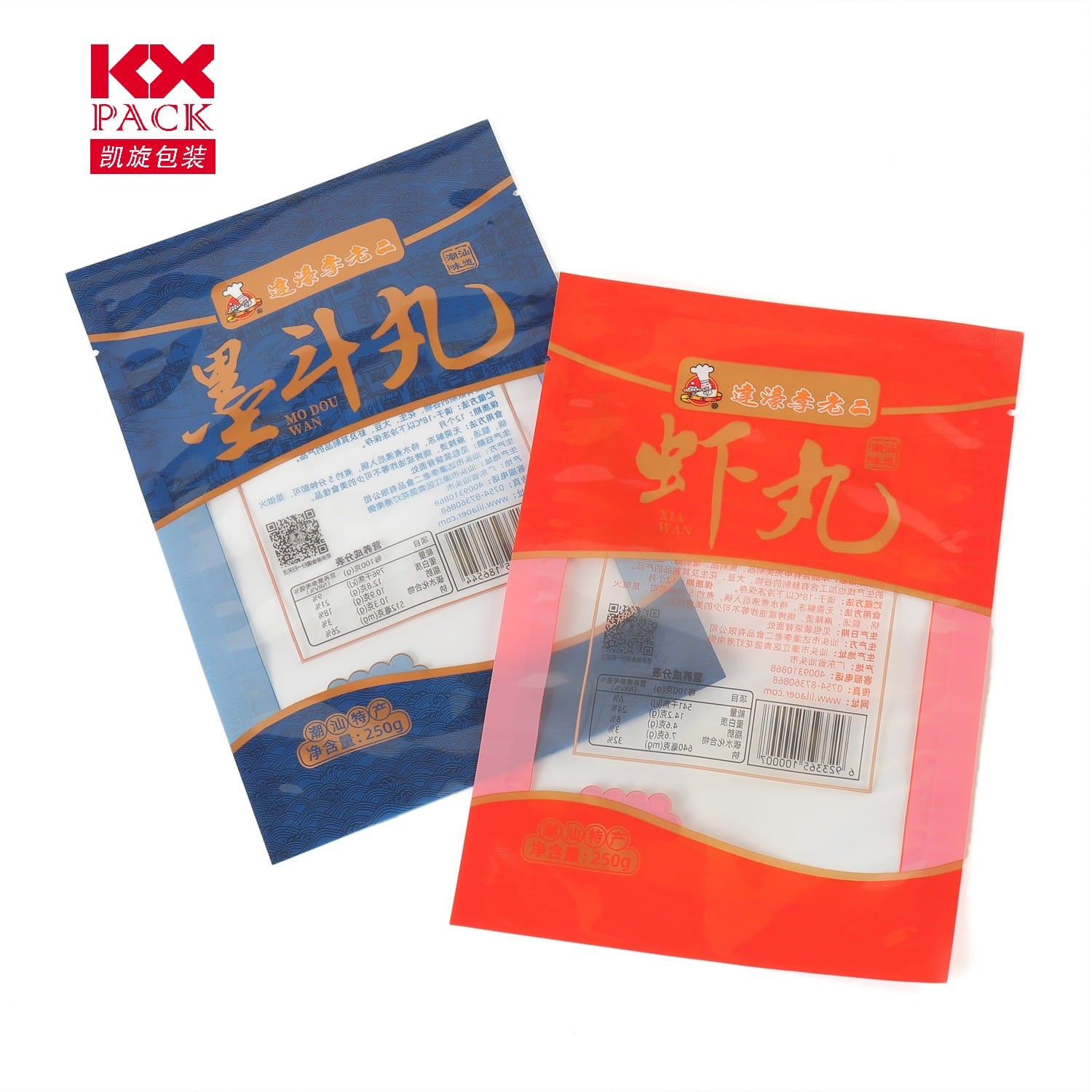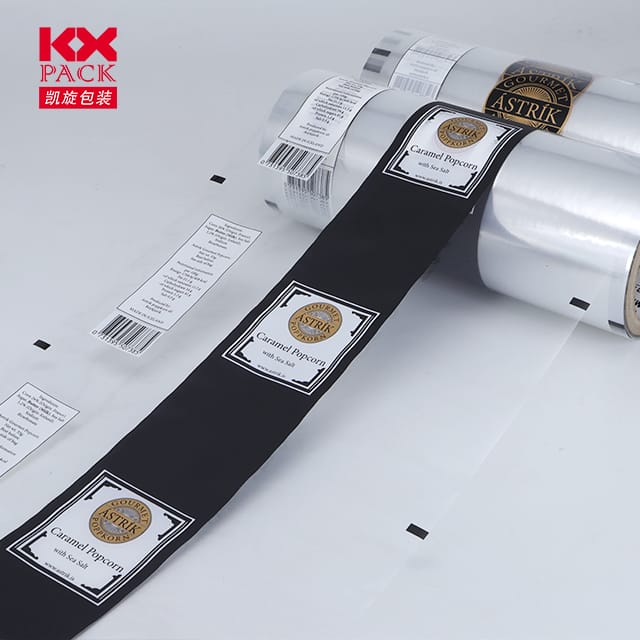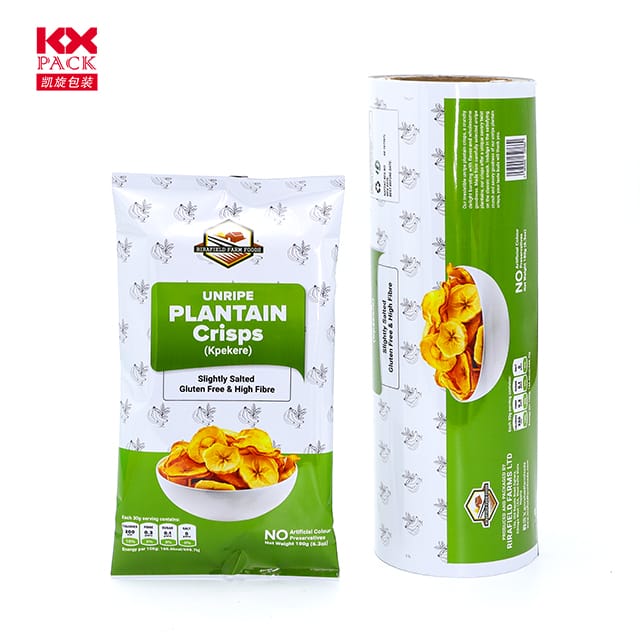Flexible Film Packaging: The Future of Sustainable and Innovative Product Protection
Flexible Film Packaging
In today’s fast-paced consumer market, packaging is no longer just about containing a product—it’s a critical component of branding, kestävyys, ja toiminnallisuus. Among the various packaging solutions available, flexible film packaging on noussut pelinvaihtimeksi, offering versatility, tehokkuus, and eco-friendly benefits. Whether you’re a business owner, a sustainability advocate, or a curious consumer, understanding the advantages and applications of flexible films can reshape how you view modern packaging.(Flexible Film Packaging)
What Is Flexible Film Packaging?
Flexible film packaging refers to lightweight, pliable materials used to wrap, tiiviste, or protect products. Typically made from layers of plastic (kuten polyeteeni, polypropeeni, or PET), aluminum foil, or biodegradable polymers, these films can be molded into various shapes and sizes. Common examples include pouches, pussit, wraps, and liners used in industries like food, lääkkeet, kosmetiikka, and electronics.
Key Benefits of Flexible Film Packaging
1. Sustainability and Reduced Waste
- Lightweight Design: Flexible films use less material than rigid packaging (ESIM., plastic bottles or cardboard boxes), reducing carbon footprints during production and transportation.
- Recyclability: Many flexible films are now recyclable or compostable, aligning with global efforts to minimize plastic pollution.
- Pidennetty säilyvyys: Multi-layer films with barrier properties (ESIM., oxygen or moisture resistance) help preserve freshness, reducing food waste.
2. Cost-Effectiveness
- Lower Material Costs: Thinner, lighter films are cheaper to produce and ship compared to bulky alternatives.
- Space Efficiency: Flexible packaging takes up less storage space, optimizing warehouse and retail shelf utilization.
3. Versatility and Innovation
- Customizable Designs: Flexible films can be printed with vibrant graphics, tuotemerkki, and essential information (ESIM., nutrition labels or QR codes).
- Resealable Features: Zippers, spouts, or tear notches enhance convenience for consumers.
- Adaptability: Suitable for diverse products, from granola bars to liquid detergents, and even medical devices.
Hakemukset eri toimialoilla
1. Ruoka ja juoma
- Tuoretuotteet: Modified atmosphere packaging (MAP) films extend the shelf life of fruits and vegetables.
- Snacks and Confectionery: Resealable pouches keep chips, pähkinät, and candies crisp and accessible.
- Liquid Packaging: Stand-up pouches with spouts are replacing traditional juice boxes and milk cartons.
2. Pharmaceuticals and Healthcare
- Blister Packs: Flexible films protect pills from moisture and contamination.
- Medical Devices: Sterile packaging ensures safety for syringes, bandages, and implants.
3. Personal Care and Beauty
- Shampoo and Lotion Pouches: Lightweight alternatives to plastic bottles, popular in eco-conscious brands.
- Makeup Wipes and Samples: Single-use packets offer hygiene and portability.
Challenges and Future Trends
While flexible film packaging offers numerous benefits, challenges remain:
- Recycling Infrastructure: Not all regions have facilities to process multi-layer films.
- Consumer Perception: Some associate flexible plastics with “cheap” or “low-quality” packaging.
kuitenkin, the industry is evolving rapidly:
- Biodegradable Materials: Companies are investing in plant-based films that decompose naturally.
- Älykäs pakkaus: Incorporating sensors or indicators to monitor product freshness or authenticity.
- Circular Economy Models: Brands are adopting take-back programs to recycle used packaging.
Why Businesses Should Switch to Flexible Films
For companies aiming to reduce costs, enhance sustainability, and meet consumer demand for eco-friendly options, flexible film packaging is a strategic choice. It aligns with corporate social responsibility (CSR) goals while offering practical benefits like improved product protection and customer satisfaction.
Final Thoughts
Flexible film packaging is more than a trend—it’s a sustainable, innovative solution reshaping industries worldwide. As technology advances and environmental awareness grows, these materials will play an increasingly vital role in reducing waste and redefining product delivery.
Ready to make the switch? Whether you’re a business owner exploring packaging options or a consumer advocating for greener choices, flexible films offer a win-win for your brand and the planet.
Jaa ajatuksesi alla oleviin kommentteihin: How do you see flexible film packaging evolving in the next decade? 🌍📦







